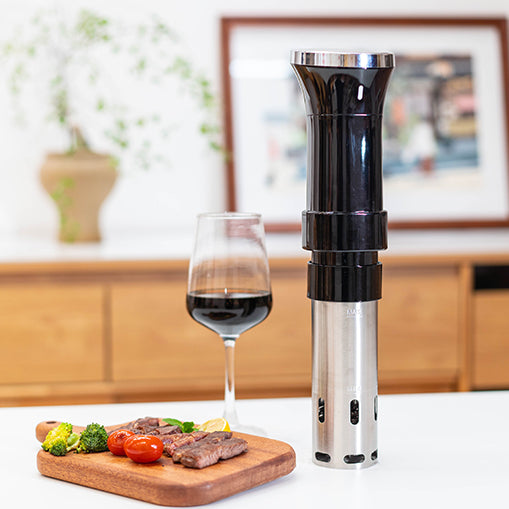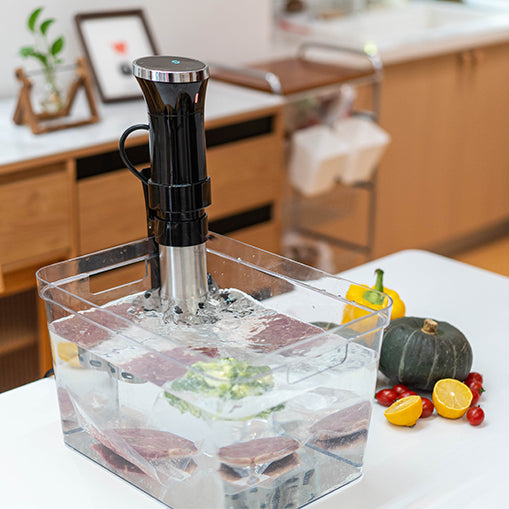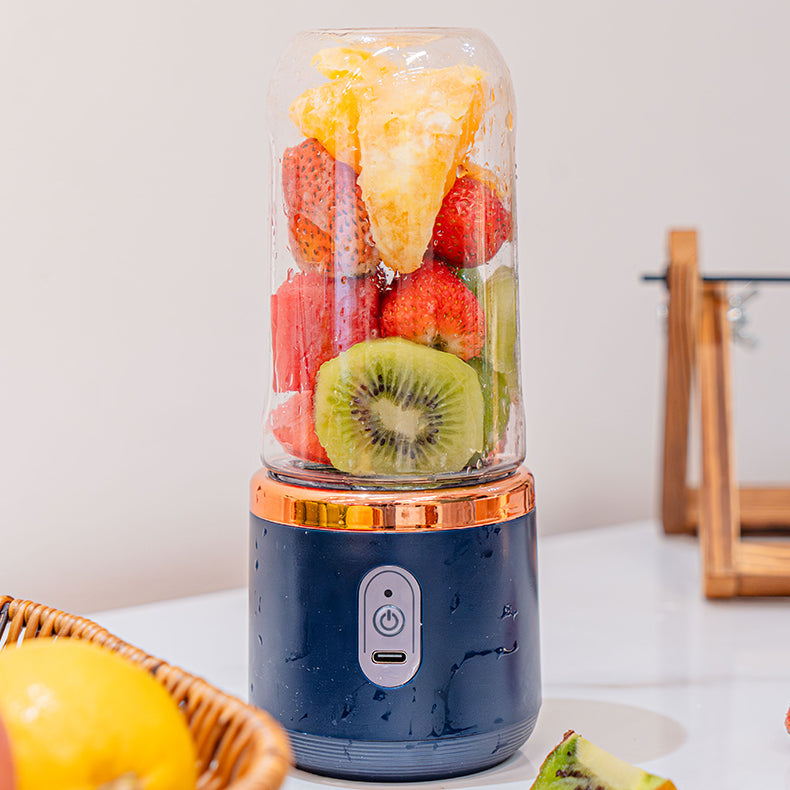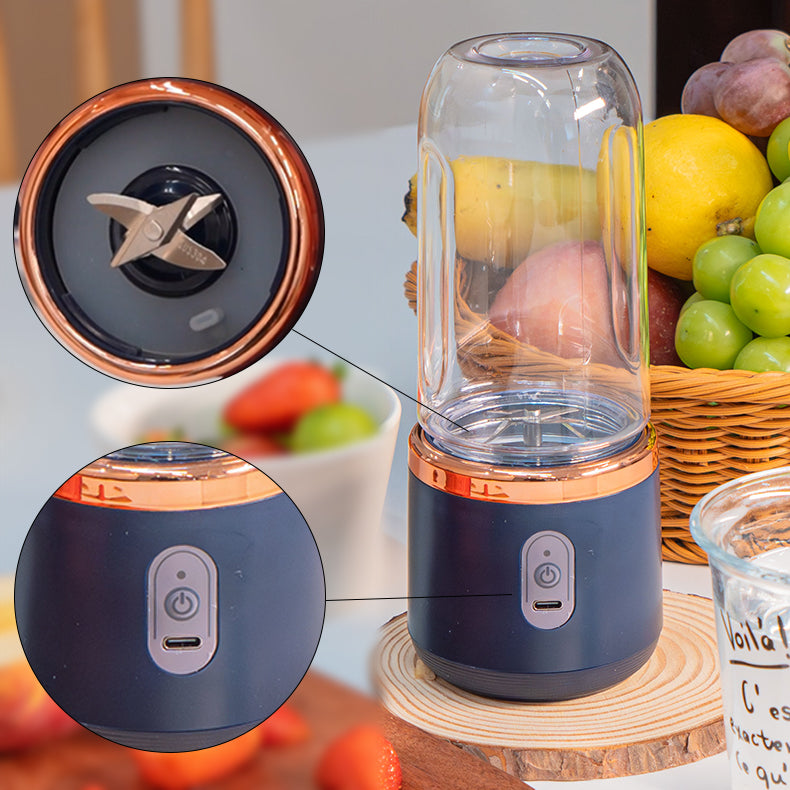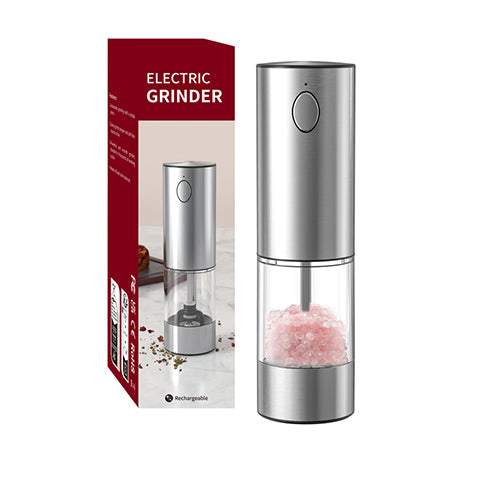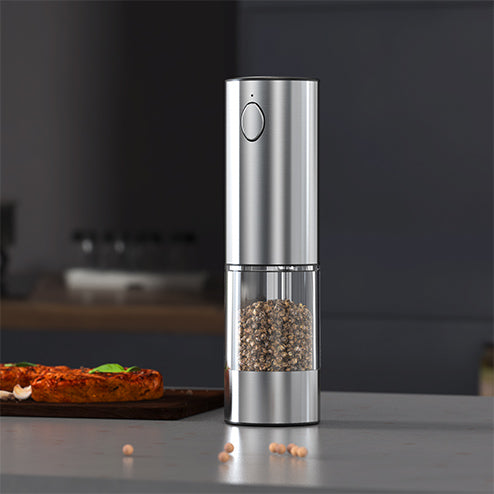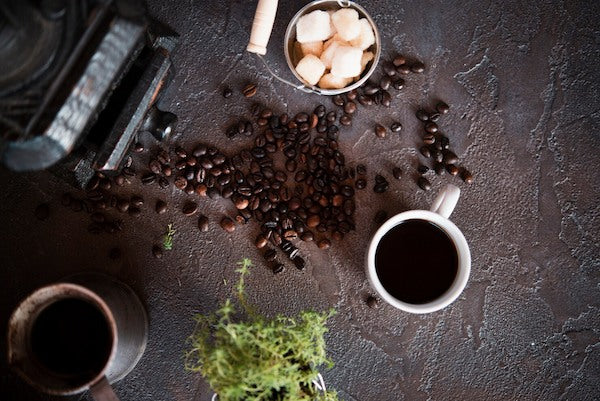Beaten eggs are a fundamental ingredient in cooking and baking, adding lightness, texture, and binding properties to a range of dishes. Knowing how to beat eggs correctly can make a big difference, whether you're preparing fluffy scrambled eggs and airy soufflés, or beating eggs for cake. In this article, we’ll break down what a beaten egg is, explain various techniques for beating eggs, and cover tips on how to lightly beat them when recipes call for a gentle touch.

What Is a Beaten Egg?
A beaten egg is an egg that’s been whisked until the yolk and white combine into a uniform mixture. Beating can be done with a fork, whisk, or electric mixer, and it introduces air into the eggs, creating a lighter texture. The level of beating depends on the recipe. For a gentle mix, a few strokes are enough; for airy, fluffy results like in soufflés, a thorough beating is necessary. Beaten eggs are often used to bind ingredients, provide moisture, and help with leavening in baking, while also adding structure and richness to various dishes.
How to Beat Eggs?
Mastering the art of how to beat an egg enhances texture and consistency in recipes, setting a foundation for perfect dishes like scrambled eggs and desserts. Let’s see the instructions to achieve the ideal texture and flavor.
Step 1: Prepare Your Ingredients
- Crack the Eggs – Gently crack each egg on a flat surface, then open it over a bowl.
- Season, If Needed– For scrambled eggs or omelets, you may want to add a pinch of salt or pepper before beating.
Step 2: Beat an Egg with Different Methods
Learning how to beat an egg by hand gives you complete control over the texture and is ideal for small amounts. Then what to use to beat eggs? Here we will show two methods in detail to help you know how do you beat eggs.
Method 1:
- Choose a Bowl and a Fork – Use a medium-sized bowl with a flat bottom.
- Beat Eggs with a Fork – Hold the fork with a loose grip, then begin to whisk the eggs with rapid circular motions.
- Look for the Right Texture – For scrambled eggs, aim for a slightly frothy texture with a uniform color.
Method 2:
- Beat Eggs with a Whisk – An electric whisk can speed up the process and is particularly useful when working with multiple eggs or making desserts.
- Set Up Your Electric Whisk – Place the whisk in the bowl before turning it on to avoid splashing.
- Start Beating on Low Speed – Gradually increase to medium speed to create a frothy texture. If you're aiming for stiff peaks, continue until the eggs are thick and form peaks.
- Avoid Overbeating – For most recipes, a light, frothy texture works best. Beating too long can make the eggs tough.
Step 3: Checking Consistency
Each recipe may call for a different texture, so keep an eye on the eggs while beating. For scrambled eggs, stop once they’re frothy. For baking, check the recipe for guidance on thickness and consistency.
If you’d rather not beat an egg by hand and are looking for a convenient, reliable tool to simplify the process, this Electric Whisk might be just what you need. It allows for a quick and consistent beat, ideal for creating that frothy texture in recipes like scrambled eggs or baked goods. This whisk stands out because of its adaptability; whether you need a gentle mix or a more intense whip, its three-speed control settings are designed to meet diverse needs. With dual stainless-steel whisk attachments, this whisk is engineered for versatility, from whipping eggs to creating creamy milk foam, making it an essential kitchen tool for both beginners and experts.

How to Lightly Beat an Egg?
When a recipe asks for a lightly beaten egg, it means you should blend the yolk and whites until they are just combined, creating a smooth, uniform mixture without over-whipping. Here’s a simple method to how to make beaten eggs lightly:
- Prepare Your Tools: Crack the egg into a bowl. A small bowl works best for this step as it gives you better control. Grab a fork or a whisk; either will work fine for achieving a quick blend.
- Combine the Yolk and White: Gently stir with your fork or whisk, mixing the yolk and white together until they are evenly combined. The mixture should appear a pale yellow, with no streaks of yolk or white visible. This step usually takes only a few seconds.
- For Special Recipes: Some recipes may call for beating either the yolk or the white separately. In this case, use the same gentle whisking motion to create a smooth texture, avoiding any froth or bubbles.
How Long to Beat Eggs?
Beating eggs can vary in time depending on the texture you’re aiming for. For a light and fluffy consistency, common in omelets and cakes, whisk the eggs for about 1-2 minutes until you see bubbles and a slight foam. For stiff peaks, needed in meringues, beat egg whites for around 4-5 minutes until peaks hold their shape. If a recipe calls for “beaten eggs,” a quick 15-30 seconds to combine the whites and yolks is often enough. Avoid overbeating, as it can make mixtures dense instead of airy.
Conclusion
Mastering how to beat eggs opens up a world of improved textures and flavors in cooking. From gently blending eggs for smoothness to fully whipping them for maximum fluff, these techniques enhance a variety of recipes. Using the right tools, like a fork or electric whisk, and watching the texture closely will help you achieve the perfect consistency each time. Now that you know these methods, try incorporating them into your favorite recipes and see the difference well-beaten eggs can make.

